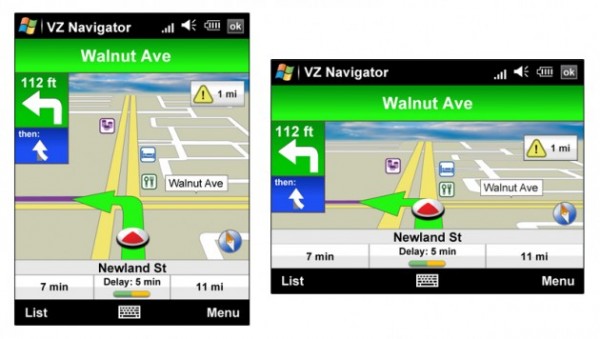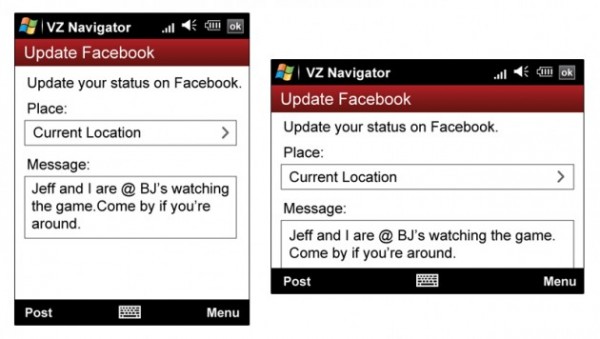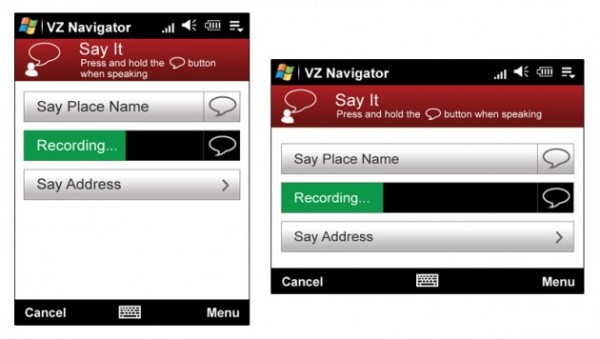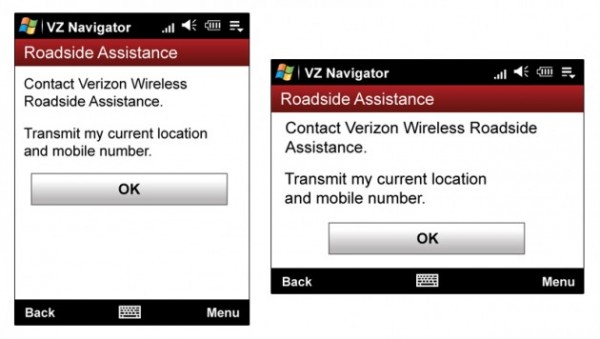
The VZ Navigator has proved to be an upstanding directions application over the last while, with its voice enabled turn by turn instructions, and the new Verizon Navigator 5 boasts a new interface; a better POI search; and a fresh multi thread design that allows the user to accomplish more than 1 task at a time. It performs well, as a result of this renovated interface and its slew of real time information, but, at $9.99 a month, it comes across as overly expensive when one compares it to the range of free mobile global positioning system, or GPS, choices, like the Nokia Ovi Map, and the Google Maps Navigation.
TeleCommunication Systems came into possession of the software developer behind VZ Navigator, Networks In Motion, for the price of $170 million. As a result, Verizon now proclaims that the VZ Navigator is supplied by TeleCommunications Systems, but in actual fact it is the same software developer. Its pricing system has not been altered either, with the application costing $2.99 for 1 days use of the product, or $9.99 for a month for unlimited use. These monthly payments may seem modest when taken month by month, but the cost of use for a year is $240, a rather hefty amount. It does include map and POI updates inside this price, but, if you are on a data plan that charges you per megabyte with Verizon, downloading the application will consume around 2MB, although the carrier assures us that you will not be receiving any other data charges beyond this.

This version boasts several new features: the Say It voice search mode allows you to run vocal lookups for your destination, although it is only available on specific Windows Mobile devices; BlackBerry’s; and the LG enV touch VX11000, which retails for between $99 and $409, with this last being used for reviewing purposes. The multi thread design translates into route navigation beginning more rapidly, because the application can stream information in the background as you begin to drive. Because traffic information is crowd sourced, you are able to send both location as well as speed news, anonymously, to the application’s traffic coverage service, which will filter the information out to other users and improve both their routes and speeds as well as your own. It also newly offers graphic appraisals for areas for legal U turns; tunnels; toll plazas; and traffic circles; as well as integration with your Facebook notifications, if you so desire. Roadside Assistance is also included, and is able to send your GPS location for help in an exigency.

The home screen has also been hugely improved, with your current location being displayed across the top of the screen, allowing you immediately ascertain whether or not you have the adequate GPS signal. The midsection cycles through your local weather with a 3 day forecast, and also lists nearby events; movies along with their ratings; and the cheapest gas outlets in your area. Below this valuable information are 3 icons, Navigate; Find; and Share, as well as the Say It key and those to function the Menu.
To program your route, you will either type in the street address, or surf nearby POIs, using your QWERTY keyboard, or the virtual keyboard that appears when the device is closed. Although the POI lookups were easy to execute and ran fast, the sponsored advertisements which appear above each list, in striking yellow, were irritating. Relevant subcategories also appear, like restaurants sorted by kind; as well as options for personal services, including laundry services; shipping; and mailing, but these were not always displayed accurately. During testing, the shipping option did not display UPS stores in the area, although when a manual search was executed they were immediately brought up.
During driving, the graphics and fonts of each map were clear, with street names displayed correctly, and the estimation of distance remaining and the time remaining until the next turn were both correct. It further displayed 2 arrows if the next turn immediately followed the first, allowing the user more time to prepare. Information on delays in traffic display in the middle of the bottom toolbar, and, if you access the menu while following a route, you are able to access a list of turn by turn directions, as well as toggle either 2 dimensional or 3 dimension views, as well as access a fast detour if the road you are on is closed.
VZ Navigator 5 performed excellently in routing tests: the directions were both accurate, as well as the shortest path. When accessed on the enV Touch screen, with its high resolution, it proved to be far easier to use in landscape mode, the fonts becoming too small if the map was displayed in portrait, with no 3 dimensional lane help graphics or landmarks appearing in this mode either. The 2 dimensional icons showing upcoming turns did become a type of lane assistance, but their small size rendered them useless, and the application does not show speed limits, or your speed, and so does not have a feature which can limit you in this regard. Voice commands were too subdued when the device was closed, but, once the inner stereo speakers were opened up they became loud, clear, and crisp.

The majority of subscribers to Verizon Wireless unfortunately do not have any other options for this type of software, although users of the Motorola Droid are able to use the costless Google Maps Navigation. Although this application did run into some routing problems during testing it did sport a lovely satellite panorama; potent voice parsing; and naturalistic street perspectives of destinations. Because of Google’s tendency to pursue endless development cycles, it is also likely to only improve over time. This is also true for the Nokia Ovi Maps, which comes already loaded on some Nokias.
In addition, complete PNDs also beckon, in the form of the Garmin nüvi 265T, retailing at $219.99, and the TomTom Ease. The navigation provided by these are independent of cell signal, and work even when you’re talking on the phone, but, because of Verizon’s excellent network, this issue did not arise during testing of the VZ Navigator.
In conclusion, although this is a rather costly application, should this not be a criterion for you, and you are equipped with a compatible handset, it is a viable solution to your navigational problems.
Image Credit: TechCrunch










Comments